Have you ever locked eyes with your cat, only to notice them slowly blink at you, almost as if they’re sharing a secret? That mysterious, gentle blink isn’t just a random twitch. In the world of feline communication, the slow blink is sometimes called a “cat kiss,” and it packs more meaning than a thousand meows. Cat lovers everywhere have wondered: what’s really going on behind those mesmerizing eyes? Get ready to dive into the fascinating science of cat blinks—a journey into feline emotion, trust, and the unspoken language that bonds us with our beloved pets.
What Is a Cat Blink?
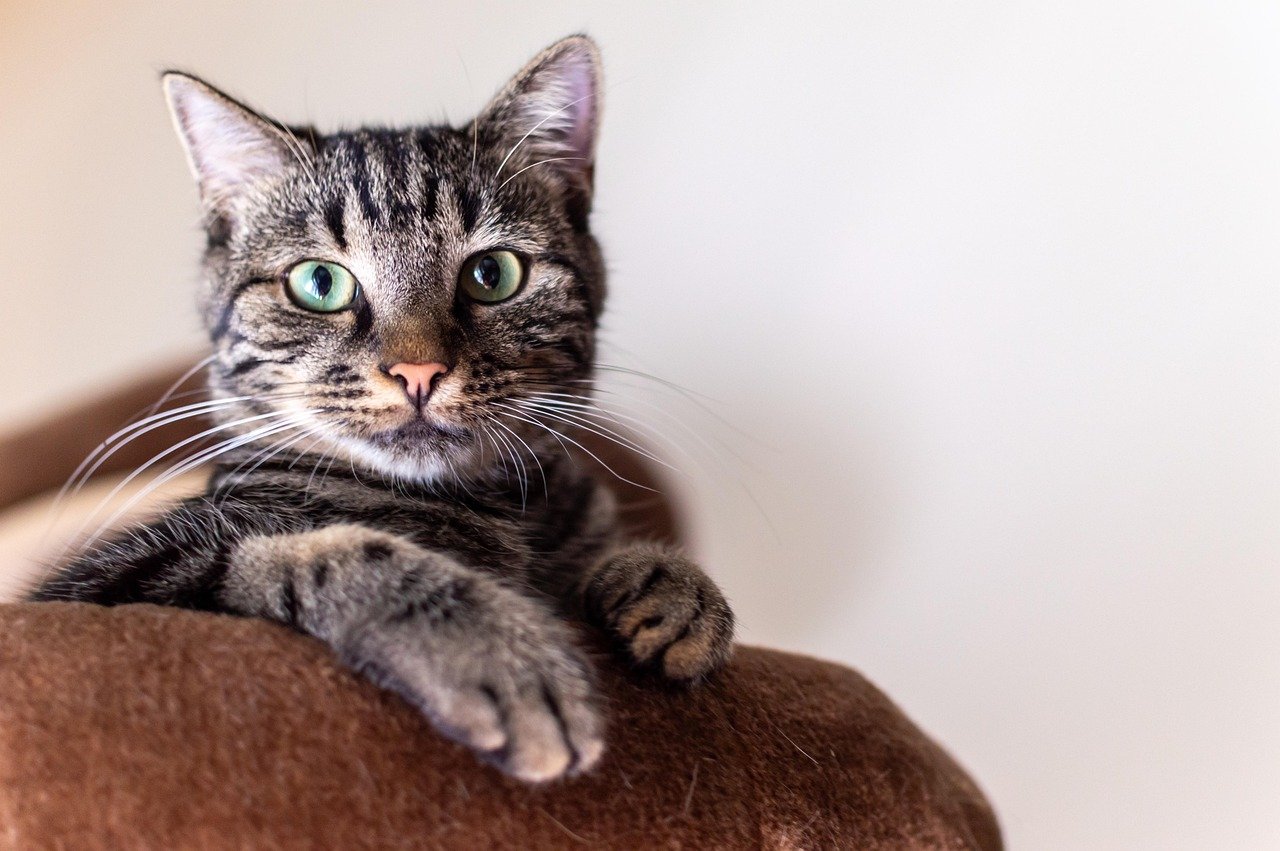
A cat blink, often referred to as a “slow blink,” is when a cat closes its eyes gradually, holds them shut for a split second, and then opens them again in a relaxed manner. Unlike a quick blink, which is usually just to moisten the eyes, the slow blink is deliberate and measured. It’s not just a sign of drowsiness or boredom—there’s intention behind it. You’ll most often notice it when your cat is calm, comfortable, and perhaps sitting across the room from you. This blink isn’t just a reflex, but a genuine gesture of communication. Recognizing the difference between an ordinary blink and a slow blink can open up a whole new level of understanding between you and your feline friend.
The Roots of Feline Communication

Cats don’t use spoken language the way humans do, but they’re masters at using body language. Their tails, ears, whiskers, and, of course, their eyes all work together to convey how they’re feeling. Long before cats were domesticated, they relied on subtle cues to avoid conflict and build social bonds. In the wild, showing vulnerability—like closing your eyes—could be risky. So when a cat chooses to slowly blink in your presence, it’s a sign they feel safe. Unlike dogs, who often use vocalizations to communicate, cats are more reserved, relying on quiet gestures, and the slow blink is one of their most powerful tools.
Eye Contact: Friend or Foe?
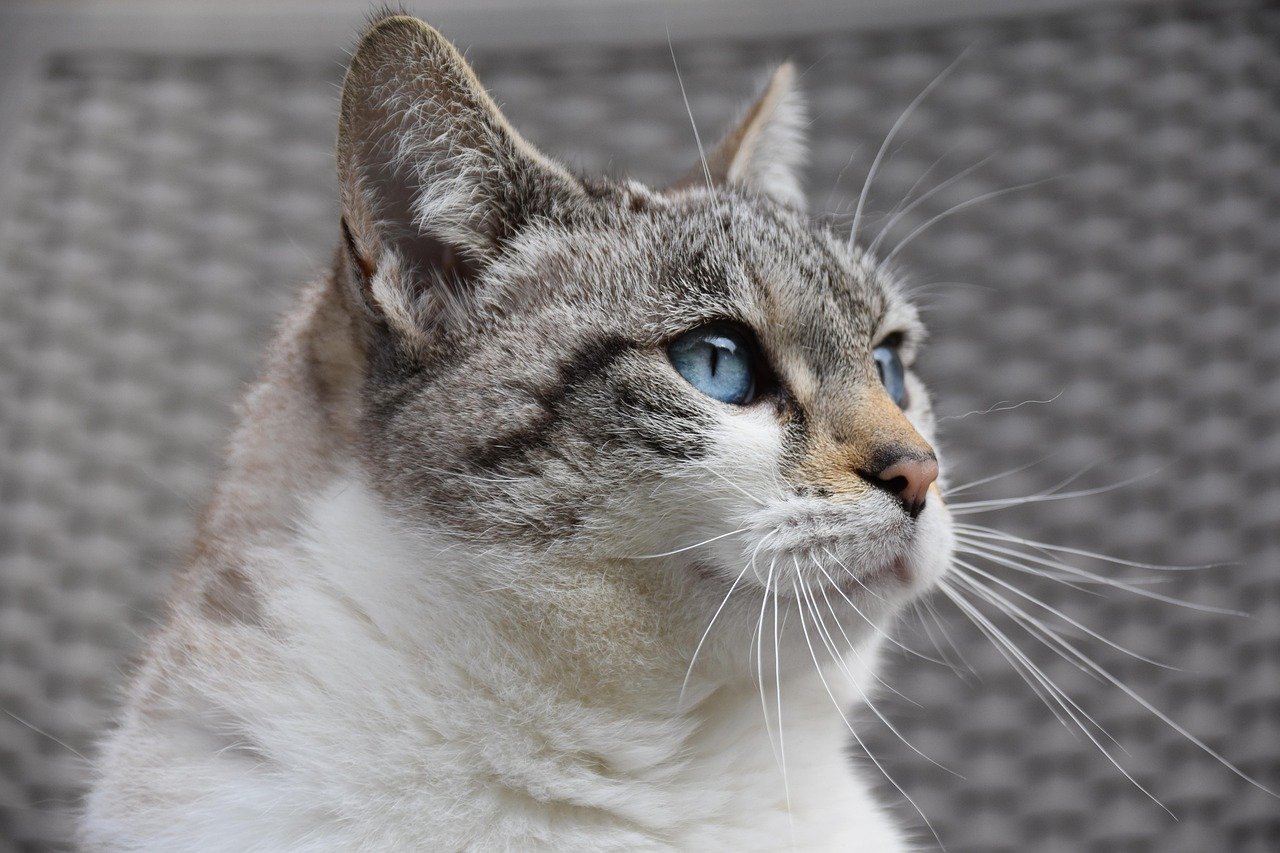
Eye contact means different things in the animal kingdom. For many creatures, direct eye contact is a challenge, a sign of aggression or dominance. Cats are no exception. If you stare at a cat without blinking, it might make them nervous—or even defensive. That’s why the slow blink is so special; it’s like saying, “I trust you. I’m not a threat.” When your cat slowly blinks at you, they’re breaking the tension that comes with a hard stare. It’s a peace offering, a little olive branch in the form of a gentle eye gesture. Next time you catch your kitty blinking slowly, remember they’re inviting you into their circle of trust.
The Science of the Slow Blink

Researchers have discovered that the slow blink isn’t just wishful thinking for affectionate cat owners—it’s a scientifically proven form of communication. Studies show that cats are more likely to approach people who slow blink at them. When people mimic the slow blink, cats often respond with their own. This exchange triggers the release of feel-good hormones, like oxytocin, in both cats and humans. It’s almost like a mutual agreement: “We’re friends here.” The science suggests that slow blinking helps strengthen the bond between cat and owner, reinforcing positive emotions and trust on both sides.
How Kittens Learn to Blink
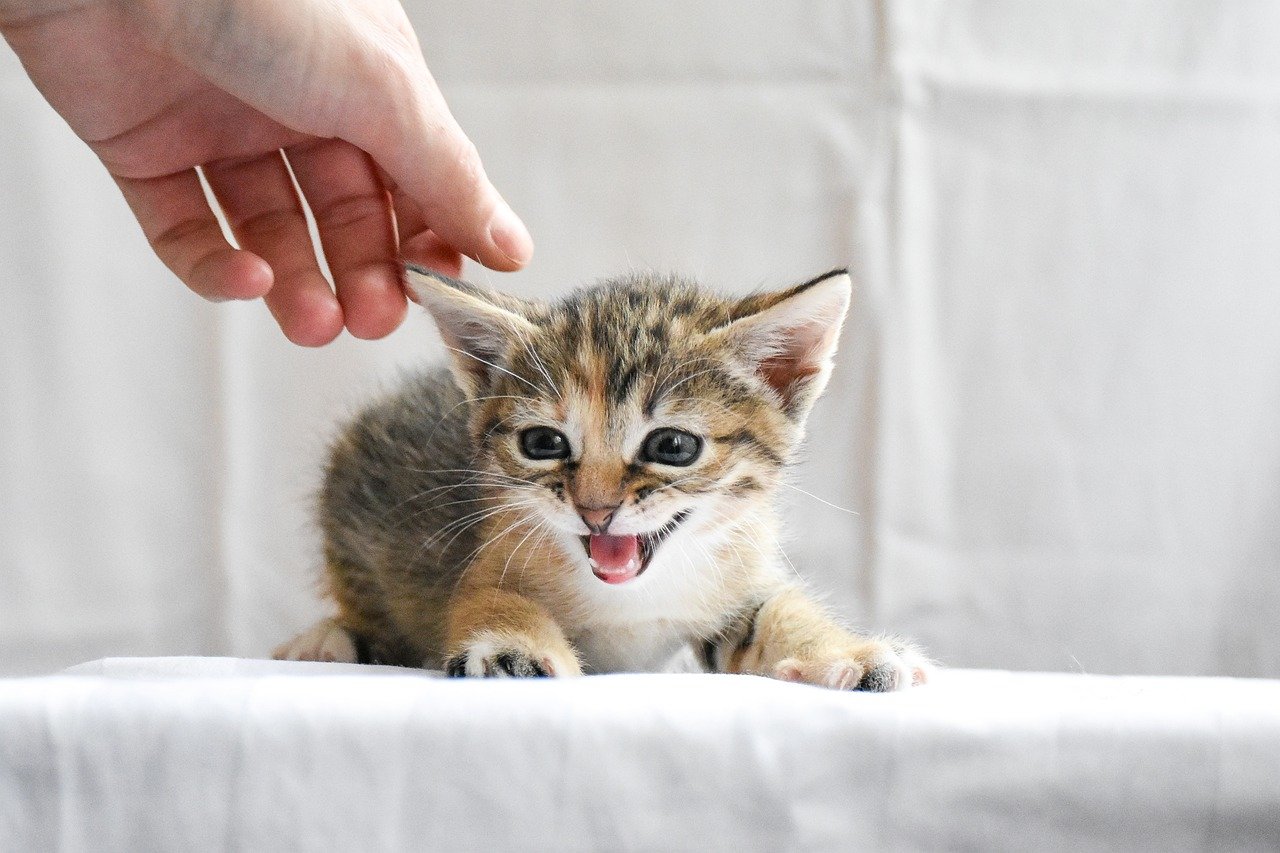
Kittens don’t instinctively know how to slow blink; they learn it from their mothers and littermates. In the earliest weeks of life, kittens observe their mother’s behavior closely. When the mother cat feels safe and relaxed, she’ll slow blink at her kittens. As the kittens grow, they mimic this gesture, learning that it’s a sign of peace and comfort. It’s a little like learning to smile by watching your parents. These early lessons form the basis for how cats communicate as adults, not just with other cats, but with humans too.
Building Trust Through Blinking

Trust is everything in the world of cats. Unlike dogs, who might readily trust strangers, cats take their time. The slow blink is a way for cats to communicate that they feel at ease and are willing to let their guard down. If you want to build trust with a shy or new cat, slow blinking at them can be a great first step. It’s a non-threatening, gentle way to say, “I mean you no harm.” Over time, repeating this gesture can help break down walls and encourage your cat to feel safe in your presence.
Do All Cats Blink the Same Way?

Just like people, every cat is unique. Some cats are natural slow blinkers, while others are more reserved. Breed, personality, and even past experiences play a big role in how often and how openly a cat will blink at you. For example, a confident, outgoing cat may blink often, while a more cautious or formerly stray cat might take longer to offer this gesture. It’s important to respect each cat’s individual pace. Don’t force eye contact or try to rush the process. The beauty of the slow blink is that it happens on the cat’s terms.
The Cat Blink vs. the Cat Stare

There’s a world of difference between a slow blink and a hard, unyielding stare. When a cat stares at you without blinking, it can mean a few things: curiosity, wariness, or even a challenge. In multi-cat households, you might notice cats staring at each other before a scuffle. The slow blink, on the other hand, is a sign of relaxation and goodwill. If you’re ever unsure how your cat is feeling, pay attention to their eyes—are they soft and blinking, or wide and unblinking? This simple observation can tell you a lot about their mood.
How to “Talk” Back to Your Cat

Want to return your cat’s affection? Try slow blinking back at them! Start by making gentle eye contact, then slowly close your eyes, hold them shut for a second, and open them again. If your cat responds, you might notice them blinking back, shifting their body language to a more relaxed posture, or even approaching you. This mutual exchange is a beautiful way to deepen your bond. It’s like having a silent conversation—no words needed, just trust and understanding. Don’t be surprised if your cat seems to smile with their eyes.
When Blinking Means Something Else
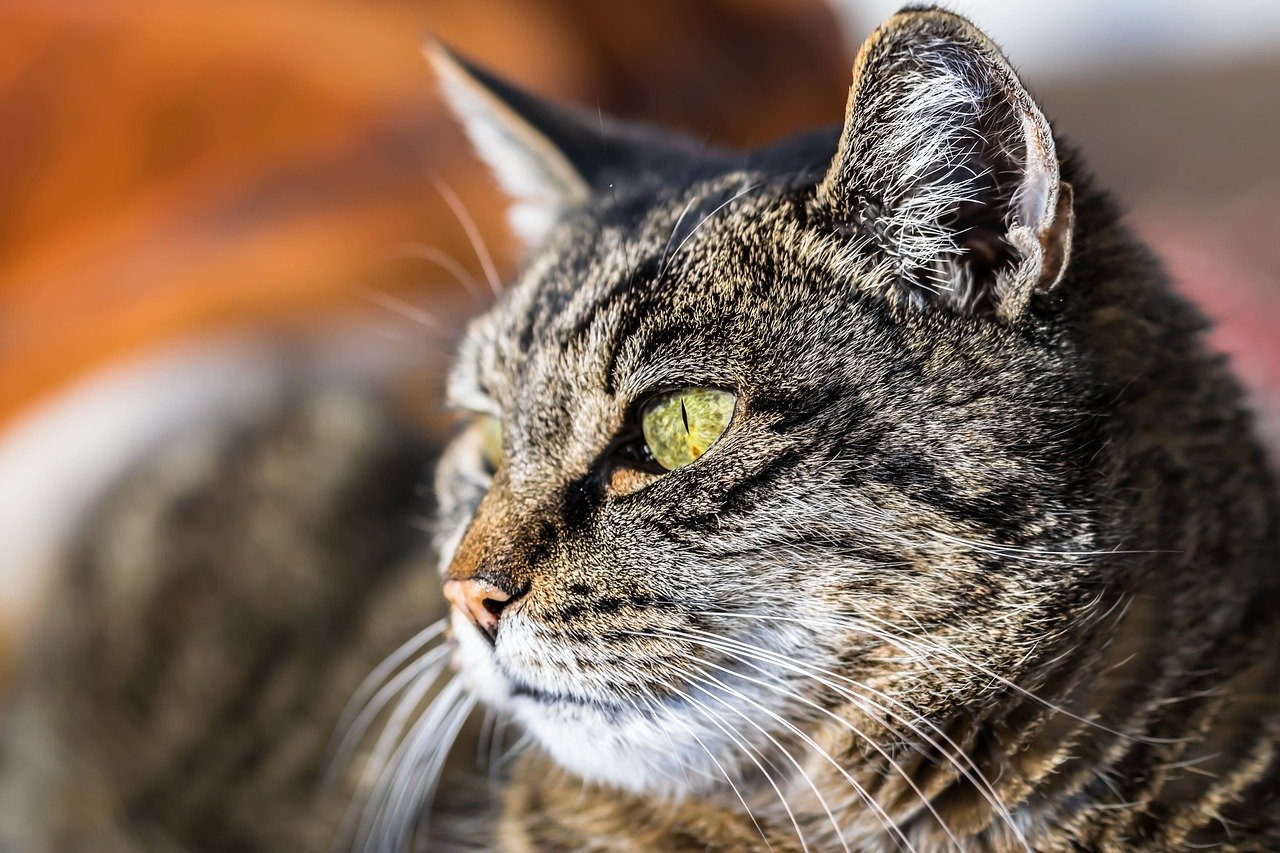
While the slow blink is usually a sign of affection, sometimes frequent or unusual blinking can signal a health issue. If you notice your cat blinking rapidly, squinting, or pawing at their eyes, it could be a sign of discomfort or an eye problem. Conditions like conjunctivitis or allergies can cause excessive blinking. It’s important to pay attention to changes in your cat’s blinking habits. If something seems off, a visit to the vet is always the safest choice. Your cat’s eyes are not just windows to their soul—they’re also important indicators of overall health.
Blanks in the Blink: Cultural Differences Among Cats

Not all cats grow up in the same environment, and their communication styles can vary depending on their upbringing. For example, feral cats or those with little human contact may be less likely to engage in slow blinking at first. In contrast, cats raised in loving homes, surrounded by people who understand feline body language, often become confident blinkers. It’s amazing how a cat’s social environment shapes their comfort with this silent gesture. With patience and consistency, even the most reserved cats can learn the language of the slow blink.
Blowing Kisses: The Cat Blink in Pop Culture

The slow blink has found its way into popular culture, with cat lovers everywhere referring to it as the “cat kiss.” You’ll find memes, social media posts, and even cartoons celebrating this adorable behavior. Some famous celebrity cats are known for their expressive eyes and charming blinks. The slow blink has become a symbol of the special relationship between cats and their humans. It’s proof that sometimes the sweetest gestures need no words at all.
Slow Blinking Beyond the Living Room
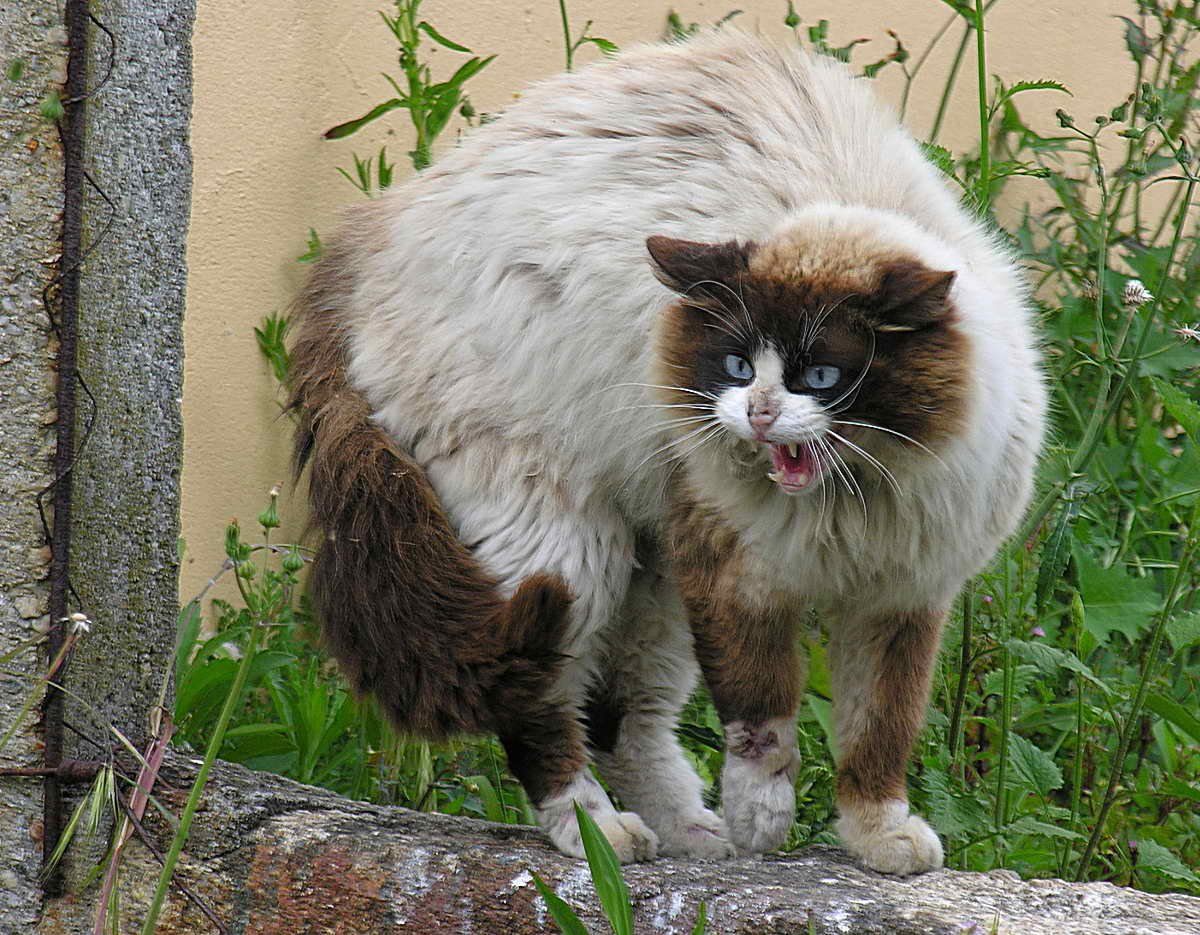
Slow blinking isn’t just something that happens between pet cats and their owners. In animal shelters, volunteers and staff use the slow blink to help nervous or scared cats feel more at ease. This gentle gesture can work wonders for building trust, even with cats who have experienced trauma or neglect. Slow blinking has become a valuable tool in helping cats transition to new homes, making the world a little kinder for our feline friends.
Can You Overdo the Slow Blink?

While slow blinking is a wonderful way to connect with your cat, it’s possible to overdo it. Just like humans might get uncomfortable with too much staring, cats can feel awkward if they’re constantly being blinked at. The key is to keep things natural and relaxed. Use the slow blink as part of your everyday interactions, but don’t force it. Let your cat set the pace, and always pay attention to their body language. If they look away or seem uninterested, give them space. The best conversations happen when both parties feel comfortable.
Other Ways Cats Show Affection

Slow blinking is just one piece of the puzzle when it comes to feline affection. Cats have a whole toolkit of ways to show they care: head butting, purring, kneading, and rubbing against your legs. Some cats even bring you “gifts” (like that unfortunate mouse on your doorstep). Each gesture has its own meaning, but the slow blink stands out for its subtlety and sweetness. It’s like a secret handshake between you and your cat, a gentle reminder that love doesn’t always need grand gestures.
Do Cats Blink at Each Other?

Absolutely—cats use the slow blink with each other, too! In multi-cat households, you might spot your kitties exchanging slow blinks as a sign of peace. This helps reduce tension and fosters harmony among feline companions. It’s a way for cats to say, “I’m not a threat. Let’s get along.” If you’re lucky enough to witness this, it’s a beautiful example of how cats use silent language to maintain social bonds and avoid conflict.
The Role of Blinking in Cat Hierarchies
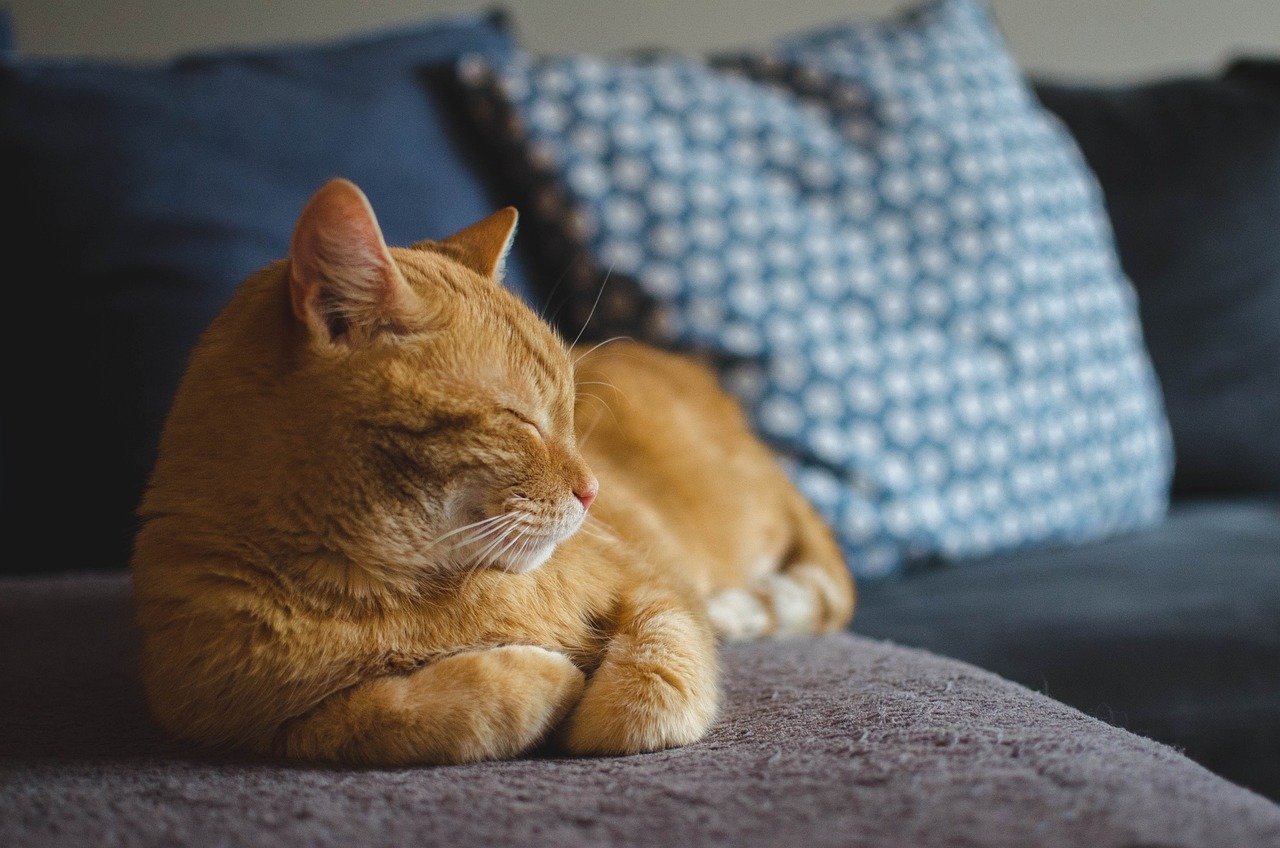
In groups of cats, social hierarchies often form. The slow blink can play a role in these dynamics. More dominant cats might use the slow blink to signal acceptance to lower-ranking cats, while more submissive cats use it to show they’re not challenging authority. This subtle communication helps keep the peace and maintain order. It’s a reminder that even in the animal kingdom, respect and understanding can be shown with the smallest gestures.
How Age Affects Cat Blinking
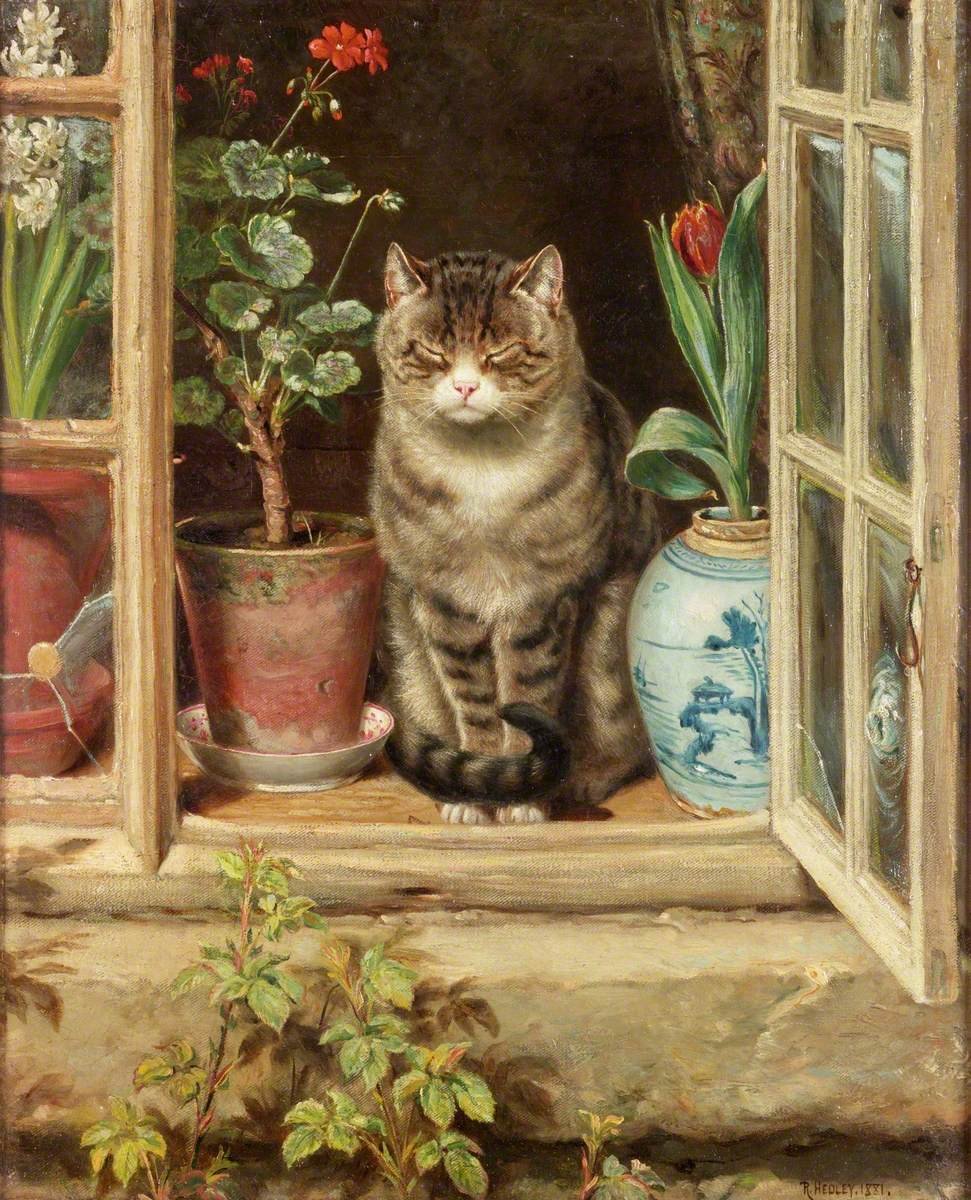
As cats age, their communication styles can change. Older cats might slow blink more often, especially if they’ve developed a deep bond with their owners over the years. On the other hand, senior cats with vision problems or health issues might blink less frequently or in different ways. Paying attention to these changes can help you stay attuned to your aging cat’s needs. The slow blink remains a powerful way to reassure your older feline companion that you’re still there for them, every step of the way.
My Personal Experience With Cat Blinks

Growing up, I always had cats in the house, but I never really understood their mysterious ways until one quiet afternoon. My tabby, Milo, curled up next to me and, out of nowhere, blinked slowly with such trust it melted my heart. I blinked back, and he responded with a gentle purr, nuzzling closer. Since then, the slow blink has become our secret code—a way to say “I love you” without making a sound. It’s a tiny gesture, but for me, it’s one of the most magical parts of having a cat.
Why Cat Blinks Matter in a Busy World

In our fast-paced, noisy lives, it’s easy to overlook the small things. The slow blink is a gentle reminder to pause, breathe, and connect with the creatures who share our homes. When your cat offers you a slow blink, they’re giving you a moment of calm in a hectic day. It’s a gift—a sign that trust and love are found in the simplest exchanges. Maybe that’s why cat blinks mean more than words ever could.
Hi, I’m Bola, a passionate writer and creative strategist with a knack for crafting compelling content that educates, inspires, and connects. Over the years, I’ve honed my skills across various writing fields, including content creation, copywriting, online course development, and video scriptwriting.
When I’m not at my desk, you’ll find me exploring new ideas, reading books, or brainstorming creative ways to solve challenges. I believe that words have the power to transform, and I’m here to help you leverage that power for success.
Thanks for stopping by, Keep coming to this website to checkout new articles form me. You’d always love it!






